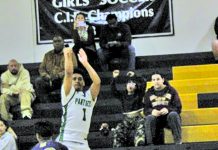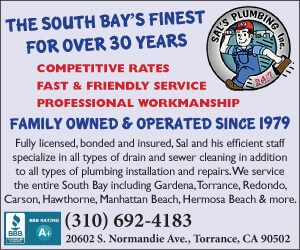(NAPS)—For parents and child care providers, the stats about accidental injuries of children up to age 19 are daunting—but you can protect your own kids.
The Problem
More than 12,000 children die from accidental injuries each year and more than 9.2 million are treated in the ER for nonfatal injuries, according to the Centers for Disease Control.
A Solution
(NAPS)—For parents and child care providers, the stats about accidental injuries of children up to age 19 are daunting—but you can protect your own kids.
The Problem
More than 12,000 children die from accidental injuries each year and more than 9.2 million are treated in the ER for nonfatal injuries, according to the Centers for Disease Control.
A Solution
To provide first aid and CPR skills, along with peace of mind, the American Heart Association—the nation’s oldest and largest voluntary organization dedicated to fighting heart disease and stroke—has a new online course, Heartsaver Pediatric First Aid CPR AED, Part One.
The course is designed to meet the training needs of child care providers in almost all 50 states but it’s also a robust resource for parents, grandparents, teachers, babysitters or anyone responsible for the care and safety of children. The Web-based, self-directed program uses real-life scenarios and interactive lessons to teach day care workers and others how to manage infants’ or children’s illnesses and injuries until emergency medical services arrive. Child care providers and others will learn critical first aid skills, ranging from how to create a safe environment to prevent injuries in the first place, to lifesaving CPR.
“Reacting quickly and effectively in an emergency is vital because unintentional injuries are the leading cause of death of U.S. children,” said Jeff A. Woodin, Lieutenant Firefighter/National Registry of Emergency Medical Technicians Paramedic. “This unique hybrid course with online and hands-on skill components educates child care providers and parents about the four steps of first aid and a variety of first aid skills,” said Woodin, who is Immediate Past Chair of the AHA First Aid Subcommittee and a member of the International Liaison Committee on Resuscitation First Aid Task Force.
The training course is an all-in-one solution to learn four key steps in giving first aid: prevention, being safe, calling 9-1-1 and taking action. Additionally, the course includes adult CPR/AED, child mask, infant mask and asthma care training. The course meets the regulatory requirements for child care workers, but its contents are also invaluable skills for parents to learn so they are empowered to care for their children in the event of an emergency.
Learn More
Additional information about pediatric first aid and CPR is at www.heart.org/safekids. To learn more about the American Heart Association’s CPR and First Aid programs, call (877) AHA-4CPR or visit heart.org/cpr. To join or learn more about the AHA, call (800) AHA-USA1.




















